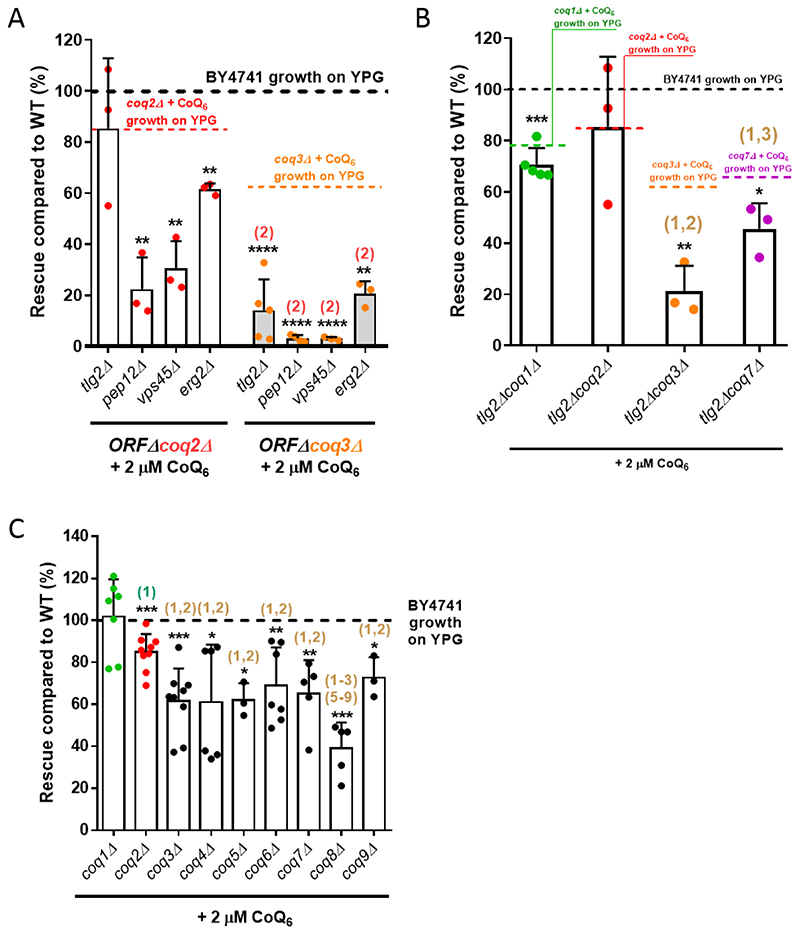Figure 3. Yeast mutants harboring deletions in distinct COQ genes show different degrees of rescue in response to exogenously added CoQ6.
(A) Yeast coq2Δ mutants harboring additional deletions in tlg2Δ, pepl2Δ, vps45Δ or erg2Δ showed a more pronounced YPG growth rescue by CoQ6 than do the comparable coq3Δ double mutants. (B) The tlg2ΔcoqlΔ, tlg2Δcoq3Δ and tlg2Δcoq7Δ double mutants presented an impaired degree of rescue as compared to WT. The decrease of rescue was more pronounced in tlg2Δcoq3Δ and tlg2Δcoq7Δ, but especially in the tlg2Δcoq3Δ mutant. (C) Yeast mutants harboring deletions in either the COQ1 or COQ2 gene showed more robust rescue in response to exogenous CoQ6 treatment than do the other single coq null mutants (coq3Δ - coq9Δ). In all cases, columns represent the degree of rescue (in %) ± SD of a strain compared to WT, which is defined as 100% and represented as a dashed line. In A and B, the average of rescue of the specific positive controls (coq1Δ + CoQ6, coq2Δ + CoQ6, coq3Δ + CoQ6, or coq7Δ + CoQ6), which were analyzed in parallel with the samples, is represented as a dashed line. Three or more independent rescue experiments were performed for every strain. Asterisks on top of the columns represent significant differences when compared to WT (*p<0.05, **p<0.01, ***p<0.001, and ****p<0.0001). Statistically significant differences between a specific coqΔ mutant (or ORFΔcoqΔ mutant) and one of its counterparts (another coqΔ or ORFΔcoqΔ mutant) are denoted with numbers in parentheses on top of the columns. (1) represents differences comparing to coqlA, (2) represents differences comparing to ORFΔcoq2Δ (panel A) or coq2Δ (panel B-C), (3) represents differences comparing to coq3Δ, etc. Statistical comparisons not detailed in the figure are provided in Table S3.

